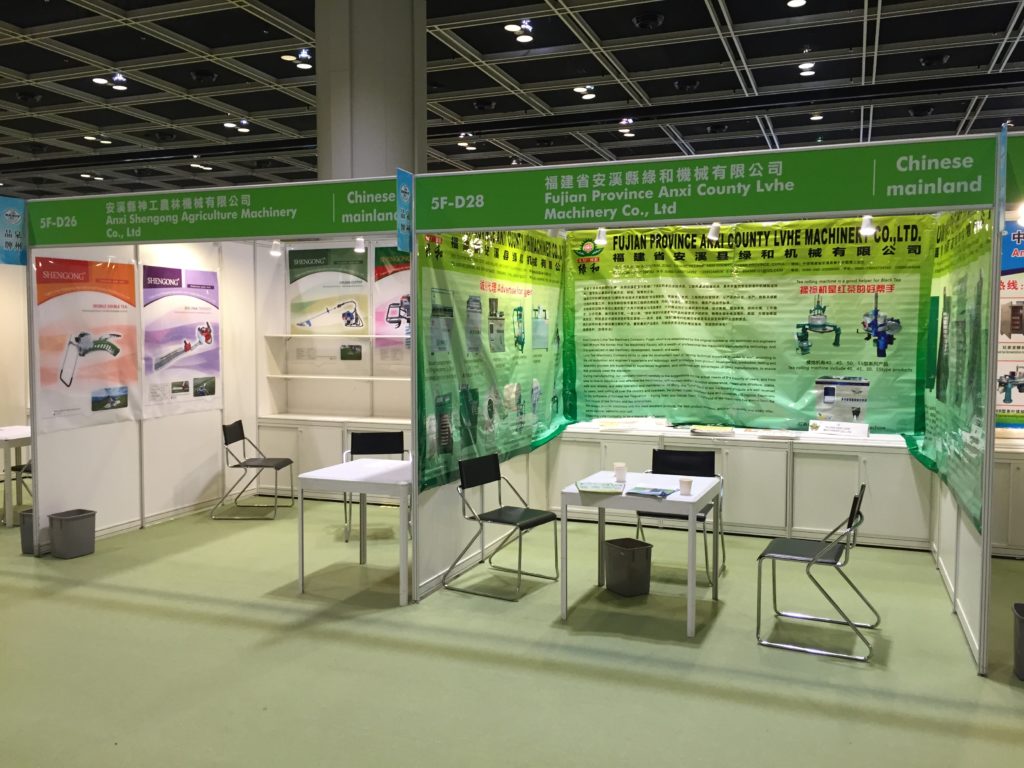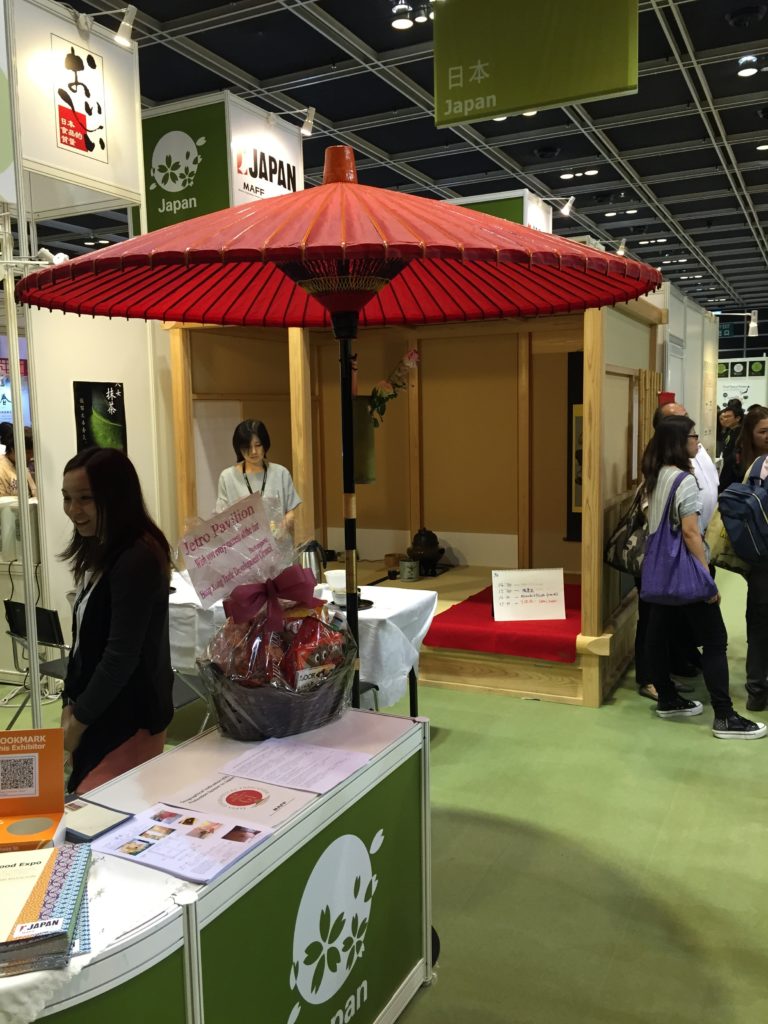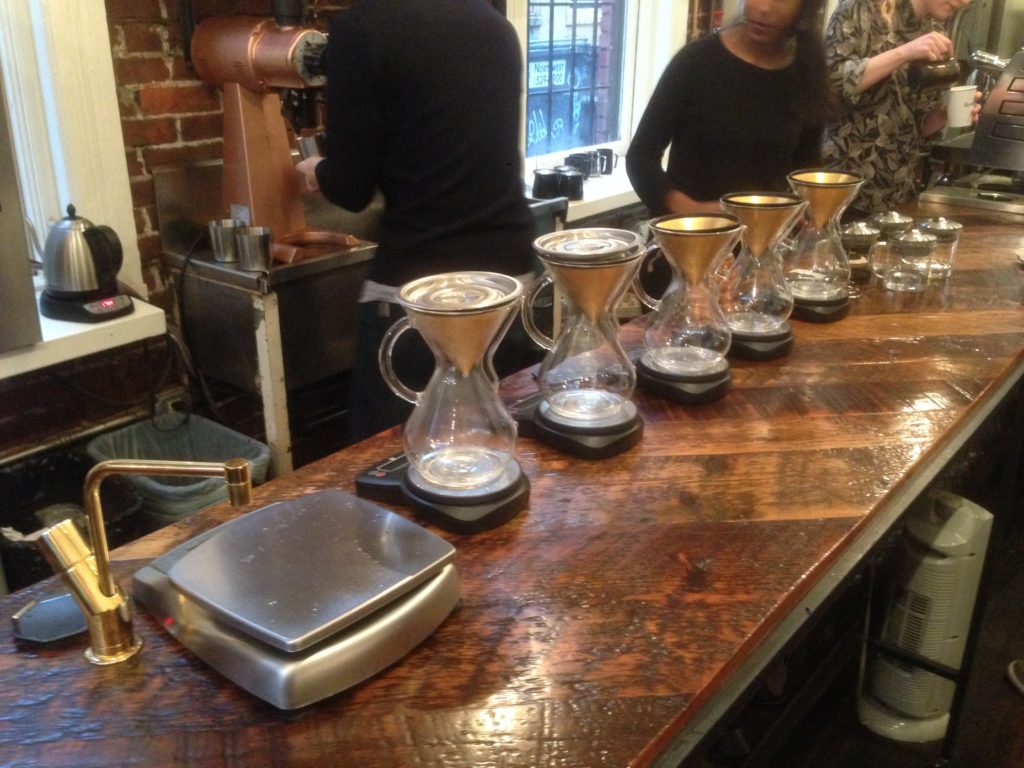A few days from now, this blog will be ten years old. I still remember sitting in the Quincy House dining room typing out my first post during a lull between my afternoon meetings and dinner. I certainly didn’t expect to still be writing this blog ten years later, nor did I know where I was going to be in five years’ time, never mind ten. The pace of the blog has certainly slowed – that’s what having MiniN and MicroN will do to your free time (Hobbes can tell you all about it). Even time dedicated to tea drinking has dwindled as demands piled up and my free time mostly consist of late night hours after the kids have gone to bed – when tea drinking isn’t such an advisable activity.
I have also evolved – back then I can remember everything was pretty exciting, I was very much in the exploration phase, and wanted to try everything new. I had already been drinking tea for some years by then, but writing the blog made me look at tea in a more analytic way than before, and reflecting on tea was an interesting pursuit. It still is, but over the years I have also learned what isn’t useful or interesting. Tea reviews, I’ve found, to be mostly a waste of time, for myself and for the readers. This is especially true since I moved back to Asia, so my source of tea is now very different from the vast majority of my readership. When everyone was buying tea samples from Hou De way back when, writing tea reviews together was exciting and interesting – I called it a constant tea meeting back in the day.
The fact that both those links are to places that are more or less dead shows you how things have changed. The online conversation has moved on to places like Reddit and Facebook, and new types of sites, such as TeaDB, appeared. Older conversation partners have mostly dropped off – only the indomitable Hobbes and Stephane remain, and Stephane’s is, at the end of the day, a storefront (although I’m glad to see he finally created a real store). It’s not surprising – people move on, blogging as a medium has changed considerably, and tea itself has also changed.
One of these changes is that now there’s a wider-than-ever availability of teas to the Western consumer. However, there are still conspicuous absences in this marketplace, especially when it comes to Chinese tea. I don’t see many teas that are proper, traditional style tieguanyin, for example. I also don’t see much high-end tea – much of what is sold as high end online is really the mid-range in China or Taiwan – the truly high end stuff never make it abroad, because the prices are prohibitive. The diversity of tea availability is, therefore, a bit of a red-herring – a lot of it is really just more of the same with a different name, but sometimes offered at greatly varied prices due to marketing, hype, etc. That’s why it was especially sad to see Origintea.net die as Tony had to move on in life – he was one of the few people offering genuinely interesting teas and who was always working to find new stuff.
The passage of time also has me thinking – how many 10 years do we all have? Not to go all philosophical on you, but as tea drinkers who buy and store puerh, we are all betting on the future condition of what we own now. Ten years ago when I really got started buying teas to store, I had, as many of you, hoped that after ten years I will have some wonderful semi-aged teas to drink. Do I? Yes I have some stuff, but not as much as I’d like. Early purchases are by definition almost always going to be problematic – they’re tuition. Then you slowly learn what’s actually good, what’s not, and what will become better when stored. This is the key, really. A tea that tastes wonderful now may not be any good in the future. I’ve got some in my own collection, and I’ve tasted many more. Before you know it, ten years are gone and you’ve barely got a collection going. As a very experienced tea friend said to me recently:
But my motto is now , if I don’t like the tea better than when it was new 5 years down the road , I’m not gonna bother storing it anymore. Waste of space. The problem with the new teas these days is that they taste wonderful new, but 5 years on, 10 years on, they do not become better. They become acceptable. IMO, a puerh should taste better as you store it if it is to age well. So you buy a cake, it’s robust, smoky, bitter and strong and even harsh but 5 years down the road, it has improved a little, 10 years down the road smokiness is gone, 15 years a marked improvement but still harsh 20 years it becomes drinkable. That’s from my personal experience. If you buy a cake and it’s not all that and gives you a honey taste after 10 yrs or ceylon tea or tobacco, it’s not the traditional puerh. Really, if you want to drink something that tastes like tobacco, go buy a cigarette and steep that!!!
That’s very true – I’ve tasted so many teas that are made more recently that have aged into something like hongcha or tobacco or even nothingness – that’s not what aged puerh is, whatever the storage condition. That strength that you get from a cleanly stored 7542 from the 80s or 90s, or a Xiaguan 8653, well… it’s not tobacco and not honey nor hongcha, but it’s good. I miss that taste. I get it occasionally, but not often enough. It’s what drew me to this tea and it’s what keeps me in it, when I drink something like that anyway. I’m drinking my cheap Menghai tuo now, but it has that taste. There’s a reason I keep coming back to this tea. Of course, it’s also because I happen to have lots of it. My own lessons have taught me that I should look out for teas like this one – if I drink a lot of it, that means it’s good, and it means I should find more of it and buy in bulk when I see them. Too bad it’s harder and harder to find good tea on the market for a good price. How many ten years do we all have? Not enough.





 RSS - Posts
RSS - Posts
I took you at your suggestion and have been reading some of your old post-Covid posts. I haven’t been to…